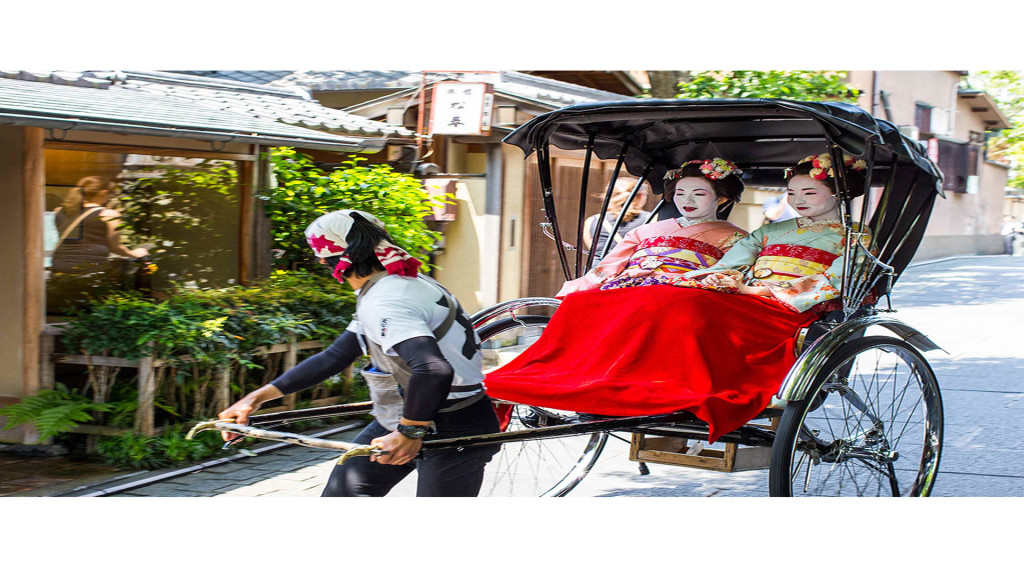
Good News Planet meets with Geisha in Japan. We also announce Good News Japan!
Geisha (芸者?), geiko (芸子) or geigi (芸妓) are traditional, female Japanese ideal whose skills include performing various Japanese arts such as classical music, dance, game, and hosting.
Geisha [1] like all Japanese nouns, has no distinct singular or plural variants. The word consists of two kanji, 芸 (gei) meaning “art” and 者 (sha) meaning “person” or “doer”. The most literal translation of geisha into English would be “artist,” “performing artist,” or “artisan.” Another name for geisha in is geiko (芸子), which is usually used to refer to geisha from western Japan, which includes Kyoto.
Apprentice geisha are called maiko (舞子 or 舞妓), literally “dance child”) or hangyoku (半玉), “half-jewel” (meaning that they are paid half of the wage of a full geisha),[2] or by the more generic term o-shaku (御酌), literally “one who pours (alcohol)”. The white make-up and elaborate kimono and hair of a maiko is the popular image held of geisha. A woman entering the geisha community does not have to begin as a maiko, having the opportunity to begin her career as a full geisha. Either way, however, usually a year’s training is involved before debuting either as a maiko or as a geisha. A woman above 21 is considered too old to be a maiko and becomes a full geisha upon her initiation into the geisha community. However, those who do go through the maiko stage can enjoy more prestige later in their professional lives.
The only modern maiko that can apprentice before the age of eighteen are in Kyoto.[3] So on average, Tokyo hangyoku (who typically begin at 18) are slightly older than their Kyoto counterparts (who usually start at 15).[4] Historically, geisha often began the earliest stages of their training at a very young age, sometimes as early as at 3 or 5 years. The early shikomi (servant) and minarai (watching apprentice) stages of geisha training lasted years, which is significantly longer than in contemporary times. It is still said that geisha inhabit a separate reality which they call the karyūkai or “the flower and willow world.” Before they disappeared the courtesans were the colorful “flowers” and the geisha the “willows” because of their subtlety, strength, and grace.[5]

